How Accesso Partners Is Reimagining Office Operations
Founder Ariel Bentata on integrating new types of spaces into its properties to accommodate various users.
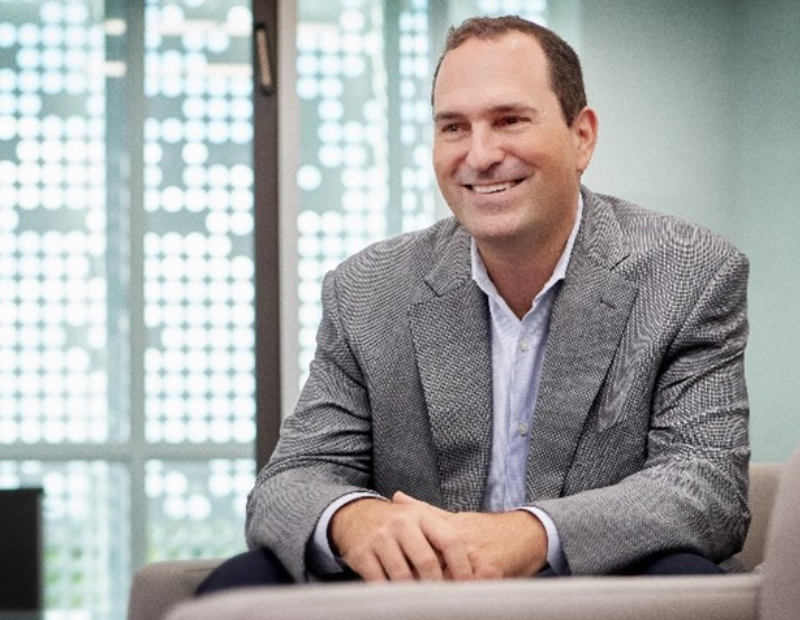
Many office property owners today are reimagining workspaces not only to boost users’ creativity, support their mental and physical health and enhance team connectivity, but also to integrate more flexibility into their offerings. From open lounges and shared workstations to fitness rooms, quiet zones and outdoor access, modern workplaces provide a comprehensive experience that attracts and retains talent, while also helping landlords efficiently operate their buildings.
Commercial Property Executive reached out to Accesso Partners Founder & Managing Partner of Investments Ariel Bentata for insights on how his company is meeting the needs of today’s office tenants and users. According to CommercialEdge data, Accesso manages 65 Class A and B office properties across the Southeast, Midwest and Northeast.
READ ALSO: Innovative Solutions for Return-to-Office Challenges
How have you reimagined your office spaces to accommodate new workplace dynamics?
Bentata: We’ve added a significant amount of common-area amenities in our buildings in response to today’s lifestyle requirements. Through Accesso Club, our exclusive amenities service, we host a wide variety of programming, which includes activities, events and promotions at the property level such as fitness classes, yoga, recycling events, toy/food/clothing drives and much more. Our strategic approach to programming throughout our portfolio reflects a combination of improving our physical amenities as well as providing unique and engaging programming for tenants and employees to enjoy.
What do tenants want today?
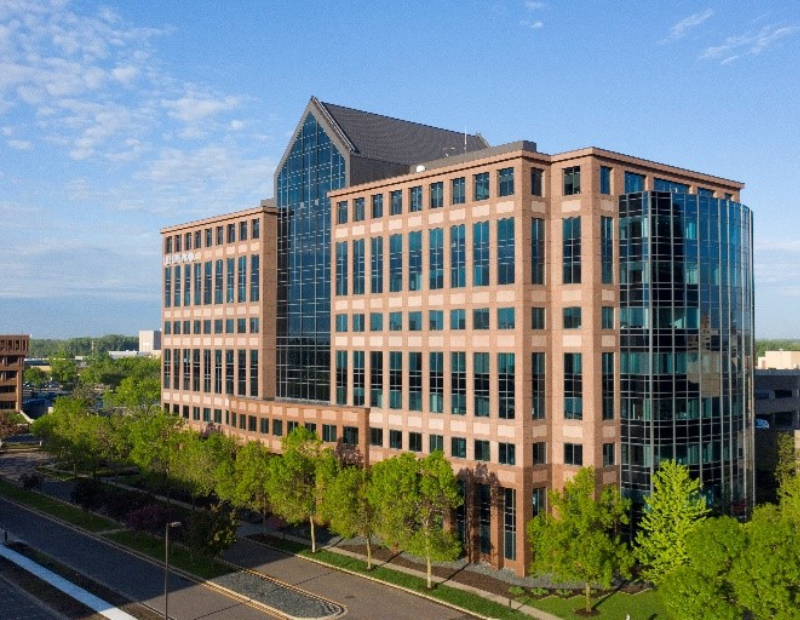
Bentata: Tenants today prioritize flexibility in the office, which includes occupying high-quality spaces where they can spend downtime, collaborate with others or improve their health—all while still being productive. Moreover, people value the outdoor experience more today than ever before, which has led to the addition of greenery and outdoor space at many of our properties.
These types of amenities play to the benefit of employers with flexible or hybrid work models, as they compel employees to spend more time in the office environment and, for some, lead to increased productivity.
What unique challenges and opportunities do you encounter in each of the regions where you operate?
Bentata: The Southeast and Texas regions are growing faster than others across the nation and have been experiencing net migration from both demographic and corporate relocation perspectives. Generally speaking, these areas tend to have fewer issues with highly concentrated downtown areas and are better distributed across the entirety of their geographic footprints.
In some Midwest and Northeast cities, the concentration of downtown areas can lead to more civil unrest and potential crime, which can make it more difficult for tenants to commit to certain areas of the city. That said, many of these issues are now being corrected and people are coming back, even downtown.
It will still take some time for these areas to fill vacancies and deal with some properties being converted from office to multifamily or being repurposed for other uses. Well-located buildings with solid amenities and owners who have the ability to operate the buildings and pay their leasing expenses will outperform in all markets, and we see many opportunities for well-capitalized owners to attract leasing momentum and increase asset value.
Considering you operate both Class A and B properties, does your leasing strategy differ when it comes to attracting new tenants and maintaining high occupancy rates?
Bentata: They’re largely the same. Tenant size may vary, with some smaller firms going for more boutique Class B+ buildings instead of the larger floorplates in sizable, Class A buildings. You can build out more spec suites for smaller and midsize tenants, whereas for larger, full-floor tenants, it’s difficult when you consider the specific layouts and finishes these tenants generally request. Our strategy for each is typically not significantly different.
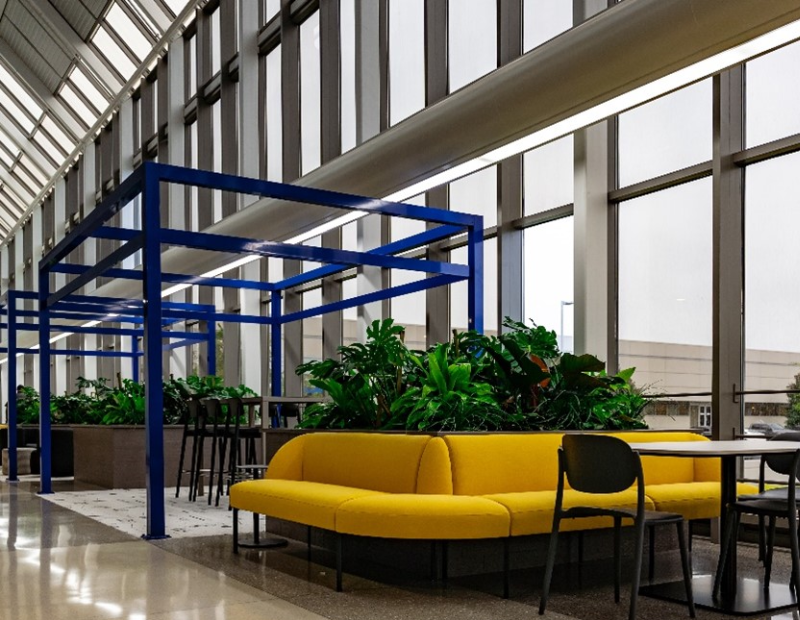
Are you incorporating more flexible workspaces or shared office concepts into your buildings to accommodate evolving lifestyles?
Bentata: Yes, in many of our buildings we rent to firms that operate flexible spaces. In some cases, we’ve even built individual offices that people can rent in an effort to accommodate various users. Additionally, tenants that take advantage of these flexible spaces often grow into longer-term, larger spaces in the building. We’ve fostered strong collaboration between our coworking tenants and property-level management teams to be sure we’re meeting their needs.
How are you preparing for potential additional disruptions in the office real estate market, given ongoing economic uncertainties and changes in work patterns?
Bentata: As it relates to any new acquisition that we make, we’re being tremendously prudent with regard to the weighted average lease terms and credit quality—more so than in previous real estate cycles. In today’s cycle, the biggest vacancies have been from very large tenants, so tenant diversification is also extremely important.
With 2025 just around the corner, what are the biggest challenges you’re expecting?
Bentata: We expect that the capital market will continue to be the biggest challenge in 2025. That said, we expect it to improve in tandem with lower rates and heightened optimism. We’ve been having conversations that suggest people are beginning to look at new and compelling opportunities, which bodes well for the near future. More lenders are starting to look at office and deals are offering better spreads and higher debt yields. While things are improving, we believe this will still be our largest challenge in the new year.
Conversely, what are the most significant opportunities you see in the office sector for next year?
Bentata: Modern buildings with quality amenities, updated technology and strategic programming will continue to perform. As tenants seek a better in-office experience, owners will need to create that atmosphere from the ground up. Companies will remain focused on retaining talent and providing them with an exceptional experience that makes the work environment special.
How do you envision the office sector evolving over the next five to 10 years?
Bentata: We will likely see markets that are more focused on mixed-use become more popular and prevalent than ever before, because highly densified cities are growing and traffic is becoming more of an issue. Compounding the issue is the fact that many of these cities don’t have great public transportation options. Beyond that, we expect a continued migration toward cities that have lower costs of living and are more business friendly.


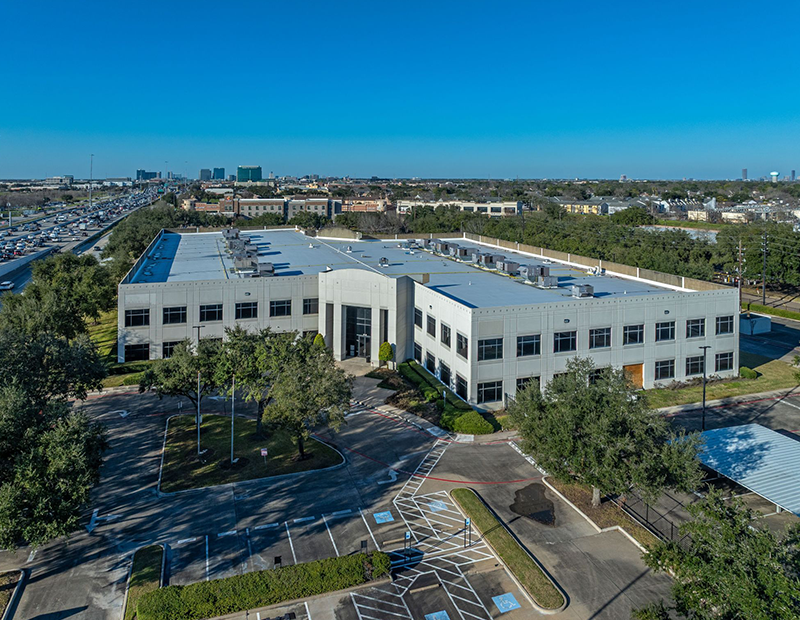
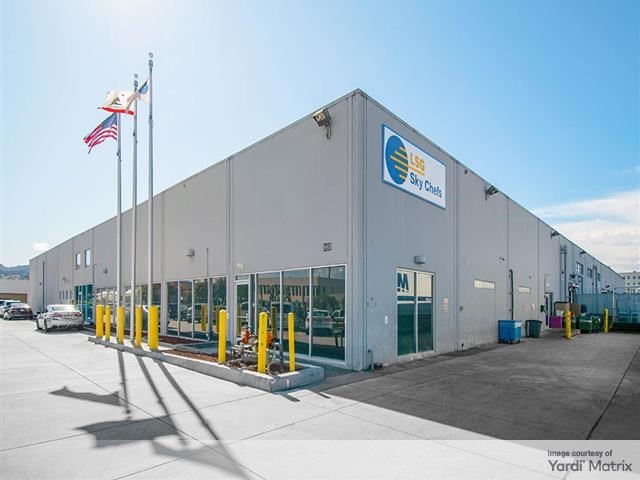
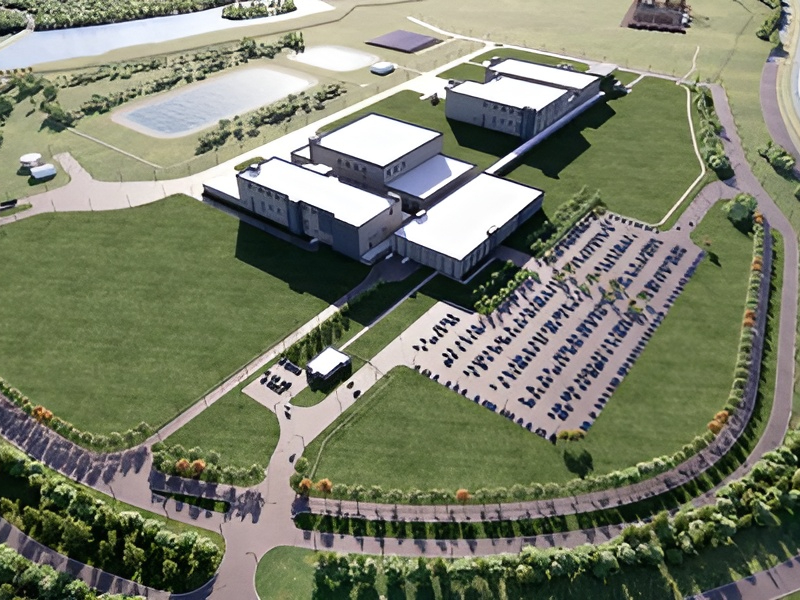


You must be logged in to post a comment.